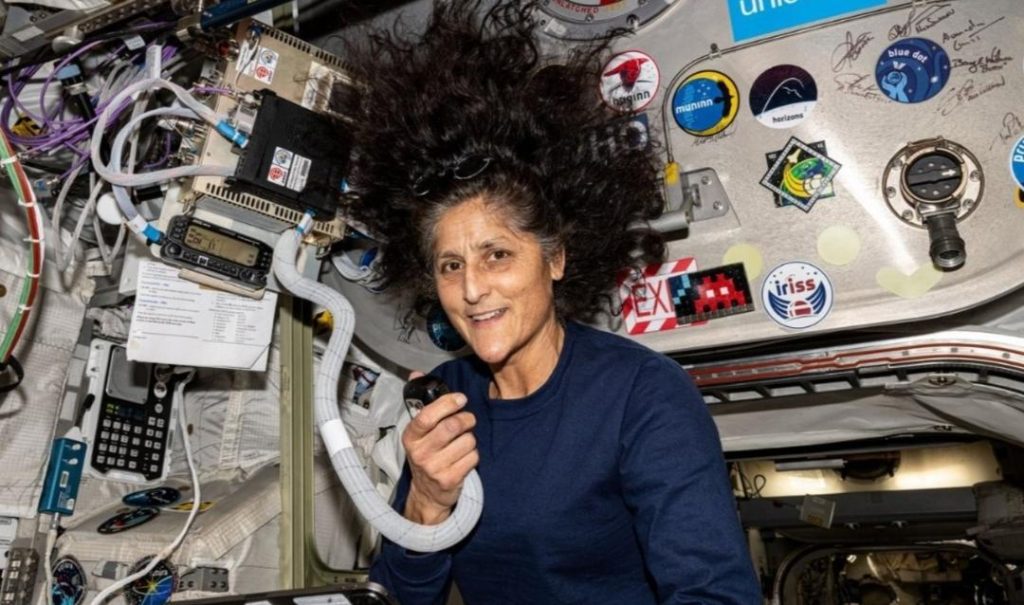
What Scientific Milestones were Achieved by Williams & her Team?
The International Space Station (ISS) has been a hub of scientific innovation and exploration since its inception. The latest crew to occupy the ISS, comprising Nick Hague, Butch Wilmore, Sunita Williams, and cosmonaut Aleksandr Gorbunov, has achieved several notable scientific milestones during their stay. NASA has listed the significant achievements of this crew, which has contributed significantly to our understanding of various aspects of space travel, health, and technology.
One of the primary focuses of the crew was plant-related studies. The team conducted experiments on the growth and development of plants in microgravity, which has significant implications for future long-duration space missions. The study of plant growth in space can provide valuable insights into how to sustain life in space and potentially even establish a human settlement on Mars or other planets.
Another significant achievement of the crew was the capture of thousands of images of Earth by Butch Wilmore. These images have provided researchers with valuable data on urban growth, climate change, and natural disasters from a unique perspective. The images captured by Wilmore have also helped scientists to better understand the impacts of human activities on the environment and to monitor the effects of climate change.
In addition to these plant-related studies, the crew also tested the capabilities of 3D printing technology in microgravity. The team successfully printed implantable medical devices, which has significant implications for the field of medicine. The ability to print medical devices in space could potentially revolutionize the way we treat medical conditions, especially in remote or hard-to-reach areas.
The crew also conducted several experiments related to astronaut health. One of the primary concerns for NASA is the health and well-being of its astronauts, particularly during long-duration space missions. The crew conducted experiments on the effects of microgravity on the human body, including the impact on sleep patterns, muscle mass, and bone density. These studies have provided valuable insights into the long-term effects of space travel on the human body and have helped NASA to develop strategies to mitigate these effects.
Another significant achievement of the crew was the testing of a new fire suppression system in space. The system was designed to put out fires quickly and effectively, which is crucial for the safety of the astronauts on board the ISS. The crew conducted several tests of the system, which has been deemed successful.
The crew also conducted several other experiments and activities during their stay on the ISS. These included testing new technologies for life support systems, conducting research on the effects of microgravity on the human immune system, and testing new methods for recycling wastewater.
In conclusion, the crew of the ISS, comprising Nick Hague, Butch Wilmore, Sunita Williams, and cosmonaut Aleksandr Gorbunov, has achieved several significant scientific milestones during their stay on board the ISS. These milestones include plant-related studies, the capture of thousands of images of Earth, the testing of 3D printing technology, and experiments related to astronaut health and the testing of a new fire suppression system. These achievements have contributed significantly to our understanding of various aspects of space travel, health, and technology, and have paved the way for future advances in these fields.
Source:






